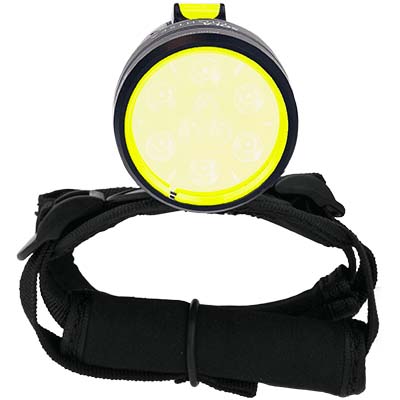FLUORESCENCE LIGHTS

Fluorescence dive lights use blue or near-UV light to reveal glowing corals, critters, and other marine life in a completely new way. Use with yellow filters for the full effect.

Fluorescence Underwater Lights
Fluorescence diving reveals a side of the underwater world that most people never see. With the help of blue or ultraviolet (UV) lights, certain corals, anemones, and critters respond by glowing in unexpected colors—greens, oranges, and reds you didn’t know were there. It's not a brighter way to dive at night—it’s a completely different experience.
These lights work in the blue or near-UV spectrum, usually around 450–470nm, exciting natural fluorescent pigments in marine life. But to actually see the effect, you’ll also need yellow barrier filters—either on your mask or your camera. These filters block out the source light and let only the fluorescence through, turning a flat blue scene into something glowing and surreal.
Some setups are all-in-one, like the Sola Nightsea, while others are more modular—letting you adapt your current video lights or strobes using excitation filters and swappable LED modules. The same goes for barrier filters, which are available in sizes for dive masks, dome ports, and even specific strobes.
Whether you're photographing, exploring, or just trying something new on a night dive, fluorescence lighting adds another layer of curiosity to your dives. It’s especially popular with macro photographers, marine biologists, and divers who enjoy a slower, more detailed look at the reef.

